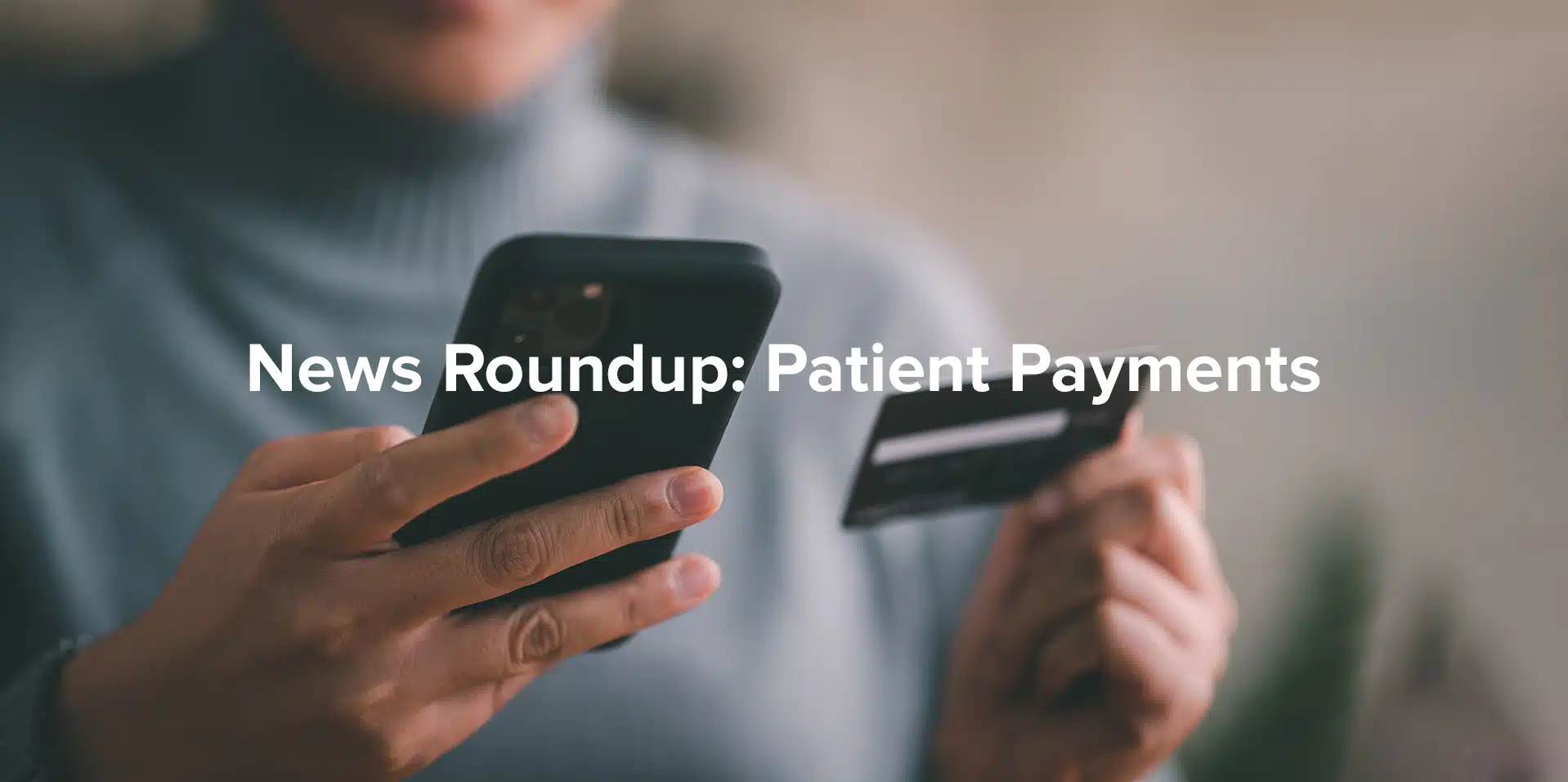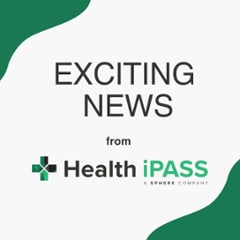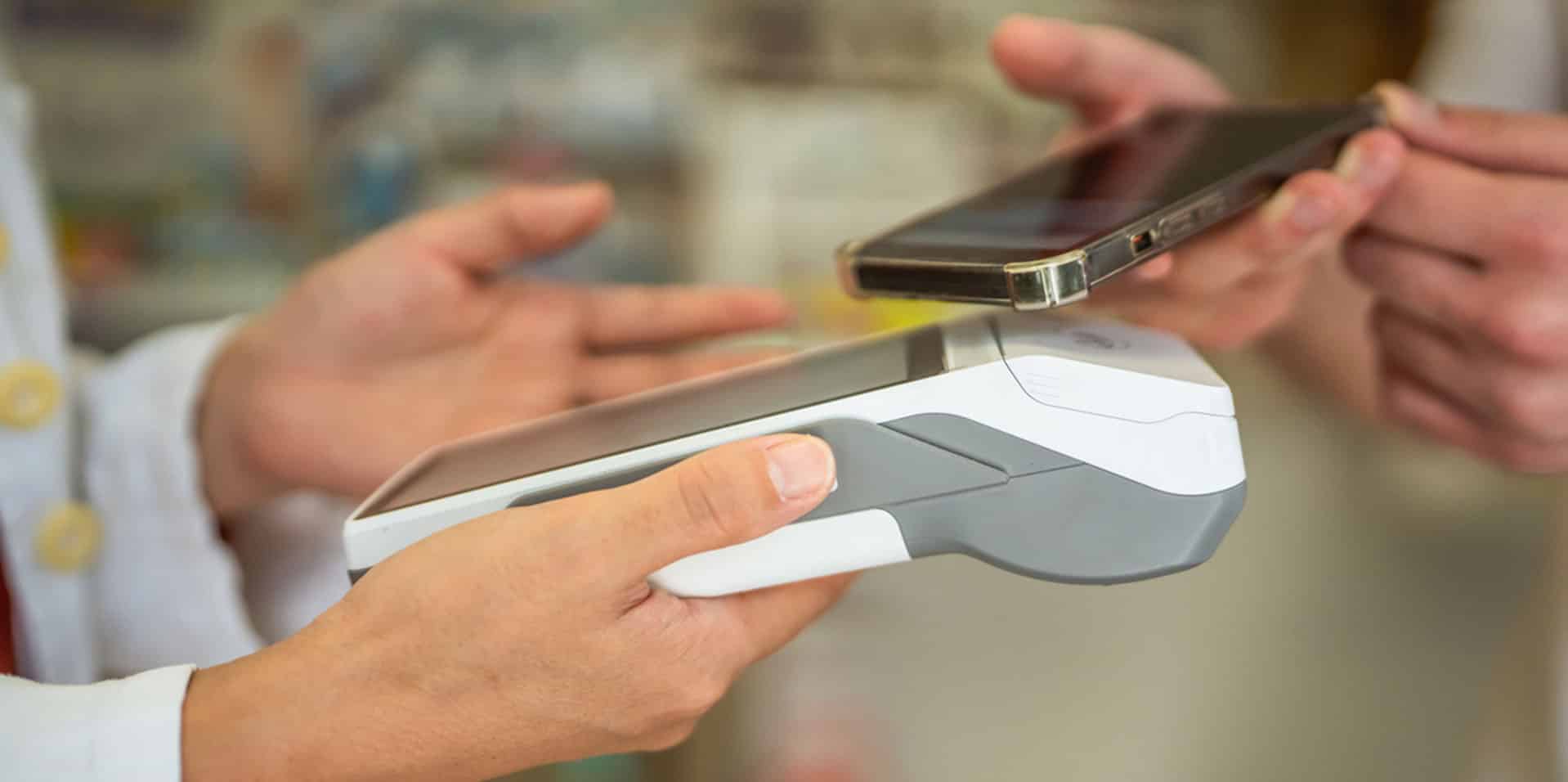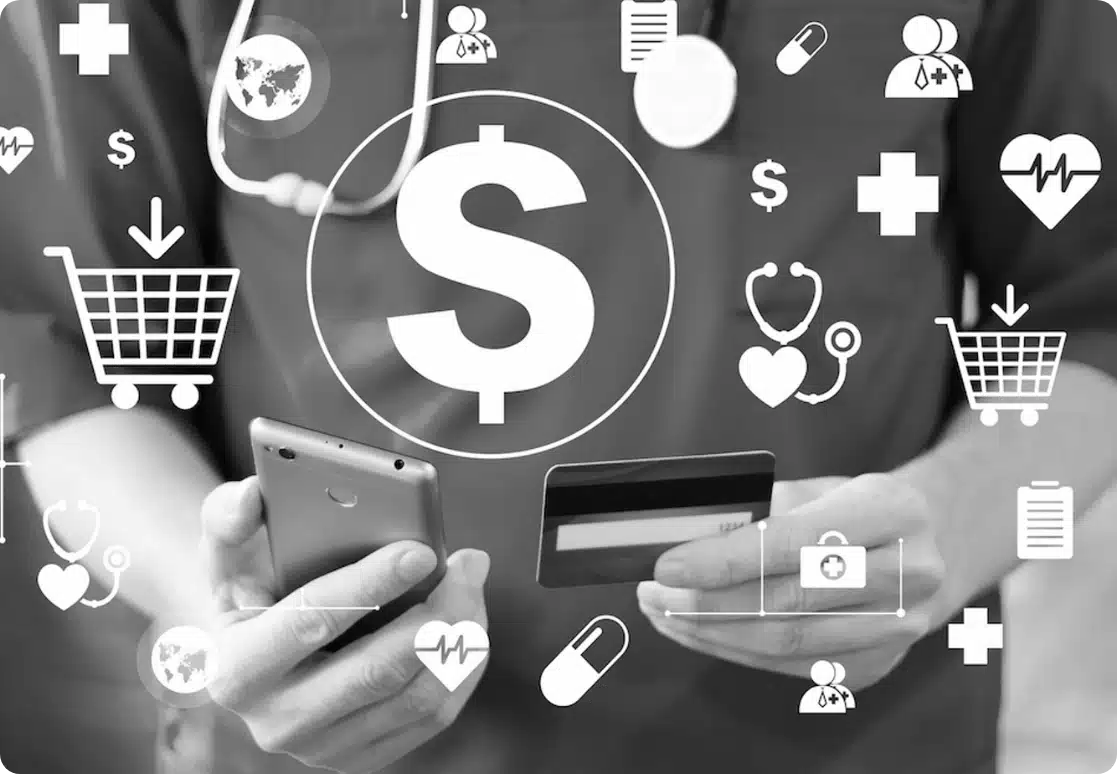In the constantly-changing world of healthcare, it’s important to stay up-to-date on the latest news and happenings. From new regulations to evolving operational challenges, the industry has witnessed a lot of developments in recent months. For much of the past year, healthcare headlines revolved around the topics of staffing shortages, financial stressors or executive departures at various big name health systems and hospitals.
As any healthcare professional knows, the topic of patient payments is always top of mind. What are the top stories about payment methods? The experts at Health iPASS compiled a list of the latest news and insights to keep your practice ahead of industry changes and patient payment expectations.
New insight from McKinsey & Company
Ninety percent of surveyed healthcare provider executives and 100 percent of surveyed chief marketing officers identified healthcare consumerism as a top priority for their companies, according to the McKinsey Healthcare Provider C-Suite Survey. “Consumerism” may be a buzzword of late, but how exactly is this achieved? Patients are looking for a better end-to-end care experience, and one major factor in that journey involves costs. Financial transparency is critical to today’s patients. They crave accurate estimates, open communication and – most importantly – options. This includes variety when it comes to ways to pay, and payment plans if needed.
“Nearly all consumers rate the payment experience as a key factor in deciding whether to return to a provider,” according to one respondent.
An alarming statistic from McKinsey & Company states that more than one-third of consumers are unsatisfied with the lack of alignment between their bill and the explanation of benefits. This kind of disconnect can harm patient satisfaction and cause attrition. To meet their needs, providers need to simplify and streamline the billing journey through cost transparency and digital integration to create “a frictionless and customized payment process.”
What customers want from digital payments
A recent US Bank survey revealed what was already suspected – that the demand for digital payment methods has no doubt accelerated. Respondents from a US Bank poll of 300 finance leaders predicted not only an increase in demand, but so much so that it’s believed that consumers’ preferred methods will be contactless within two years. Additionally, leaders from various sectors, healthcare included, ranked the adoption of real-time payments (RTP) as their top priority. What is driving their predictions?
Convenience, flexibility and speed top the list of reasons customers are interested in digital methods. And it’s not just the consumer that benefits from the digitalization of payments:
“Meeting customer demands for greater convenience and ease of payment usually translates into faster payment, which can make a significant contribution to an organization’s financial results,” US Bank’s report stated.
Patient collection best practices to boost your bottom line
A March 2023 Medical Economics article took a look at the state of patient collections and assessed best practices that physician offices can take to improve the bottom line. As the cost of care rises and more Americans adopt high deductible healthcare plans, financials are top of mind for patients. Ease of use and convenience are what’s desired, which align with the automated, customized payment options that digital payment solutions bring.
The article states the noteworthy metric that 44% of millennials and 29% of baby boomers would choose a medical provider because they offered digital solutions via mobile. Antiquated billing methods were also called out, with a focus on the push to digital processing. With such strong preferences toward modern methods, it’s surprising that 87% of providers still rely on paper and manual collection processes.
The payment experience is a big contributor to overall patient satisfaction, so it needs to be done right. It’s all about offering options that match a patient’s preferences. Making it easy to submit a payment, whether that may be in-office or through a mobile device, will benefit the provider’s collections. Every office should offer a user-friendly payment portal, and options like text-to-pay and services like Apple Pay or Google Pay are becoming more common, so of course should be included in the mix. Automated reminders are also a must, as research shows that 44% of patients pay medical bills faster when they receive digital or phone notifications about billing. What’s the bottom line? Incorporating current, digital collection methods makes not only the patient happier, but can benefit the practice too.
What current topics are you reading about lately? Share your thoughts below!





